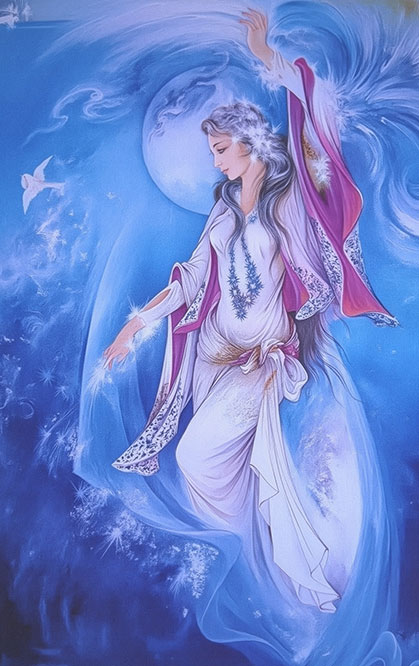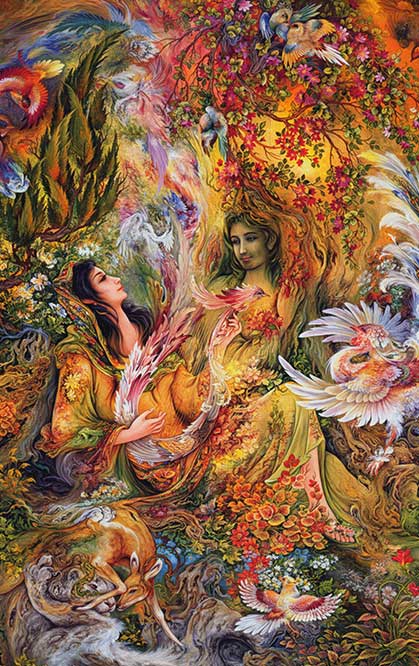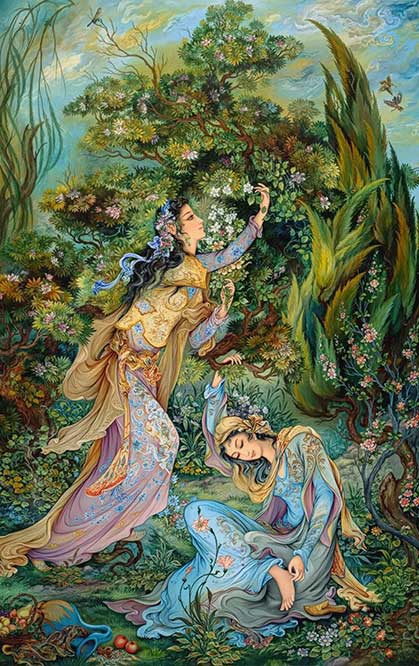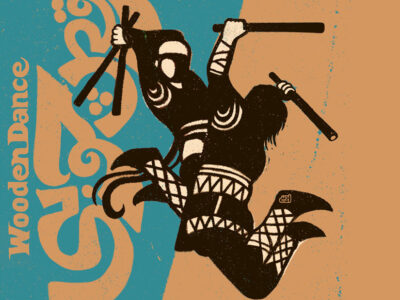Mahmoud Farshchian (1930–2025)
The Master Who Breathed New Life into Persian Painting
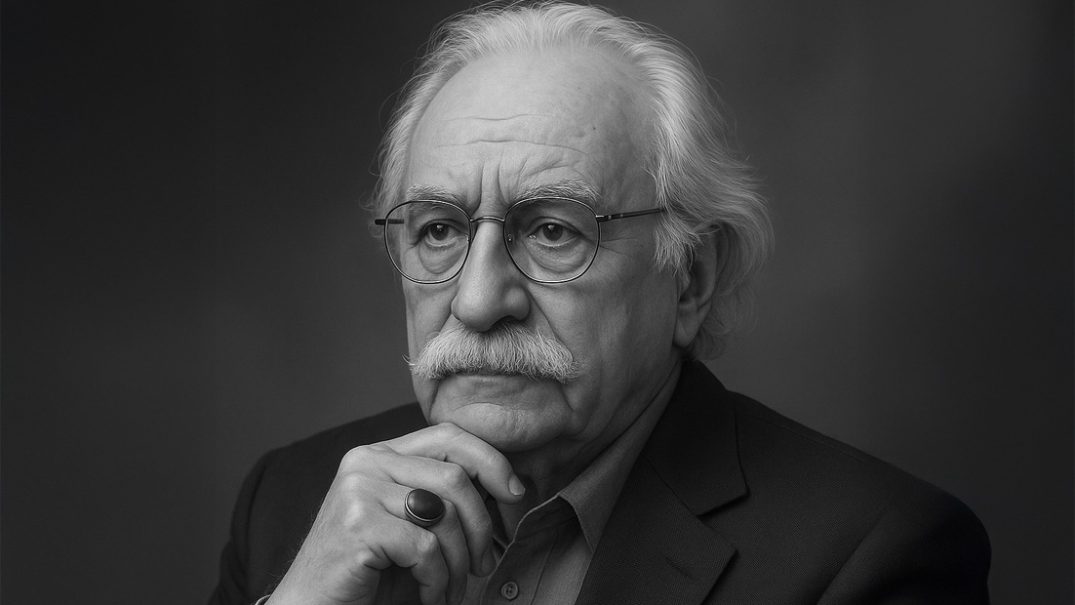
By the time Mahmoud Farshchian passed away on August 9, 2025, at the age of 95, he had already secured his place as one of the most influential Iranian artists of the modern era—a figure whose work bridged centuries, traditions, and continents. Known worldwide as the master of Persian miniature painting, Farshchian transformed a form once bound to the margins of manuscripts into a living, independent art that spoke to both the Iranian soul and the universal human spirit.
Born in Isfahan in 1930, Farshchian grew up in a city steeped in craftsmanship and beauty. His father, a respected carpet merchant, and his mother, who often took him to local shrines, nurtured his early fascination with art and symbolism. Childhood encounters with the natural world—birds in the family’s “Chicken House,” the gardens and domes of Isfahan—would later appear as recurring motifs in his paintings. Under the guidance of masters Haji Mirza-Agha Emami and Isa Bahadori, he learned the precision, patience, and reverence for detail that would define his career.
After graduating from the School of Fine Arts in Isfahan, Farshchian traveled to Europe to study Western painting firsthand. The exposure to Renaissance and modern masters enriched his visual vocabulary, enabling him to fuse classical Persian aesthetics with modern compositional daring. Returning to Iran, he became director of the Department of National Arts and later a professor at the University of Tehran’s Faculty of Fine Arts, shaping generations of young artists.
Farshchian’s canvases are instantly recognizable—dynamic yet controlled, rooted in tradition yet liberated from its confines. Flowing lines, luminous color, and circular compositions give his works a sense of perpetual motion, while the intricate detailing invites prolonged contemplation. His paintings draw from Persian poetry, Islamic mysticism, and sacred narratives from multiple faiths, yet they resist mere illustration; they aim to evoke essence rather than depict form. As Farshchian himself once noted, he did not wish to “represent the rose” but to invite viewers to sense its fragrance.
Over seven decades, his art was exhibited in more than 140 solo and group shows across Iran, Europe, Asia, and the United States. His works are held in prestigious collections—from the Sadabad Palace’s Farshchian Museum in Tehran, to the private collections of world figures such as Queen Elizabeth II, Prince Akihito of Japan, and even Michael Jackson. His reinterpretations of the Ashura tragedy—paintings like The Evening of Ashura—are among the most poignant visual meditations on faith, sacrifice, and resilience in contemporary art.
Farshchian’s influence extended beyond the studio. He designed the zarih and architectural details for the shrine of Imam Reza in Mashhad, lending sacred spaces a visual language both timeless and contemporary. He was frequently invited to lecture at universities and cultural institutions worldwide, his art becoming an ambassador for Iran’s cultural heritage.
Despite international acclaim, Farshchian remained deeply connected to his roots. In his later years, he lived in New Jersey with his wife of seven decades, Niyadokht, but returned regularly to Iran. His passing has been met with tributes from artists, scholars, and cultural organizations who describe him as both a guardian of tradition and a bold innovator.
Mahmoud Farshchian’s art stands as a rare achievement—faithful to the centuries-old craft of Persian miniature, yet unafraid to redefine it for the modern eye. In the words of Bert Fragner, Chair of Iranian Studies at the University of Bamberg, Farshchian’s work “belongs to all ages of art.” His legacy is not confined to museums or books; it lives wherever a viewer pauses before one of his luminous compositions and feels, if only for a moment, that they have glimpsed the eternal.

